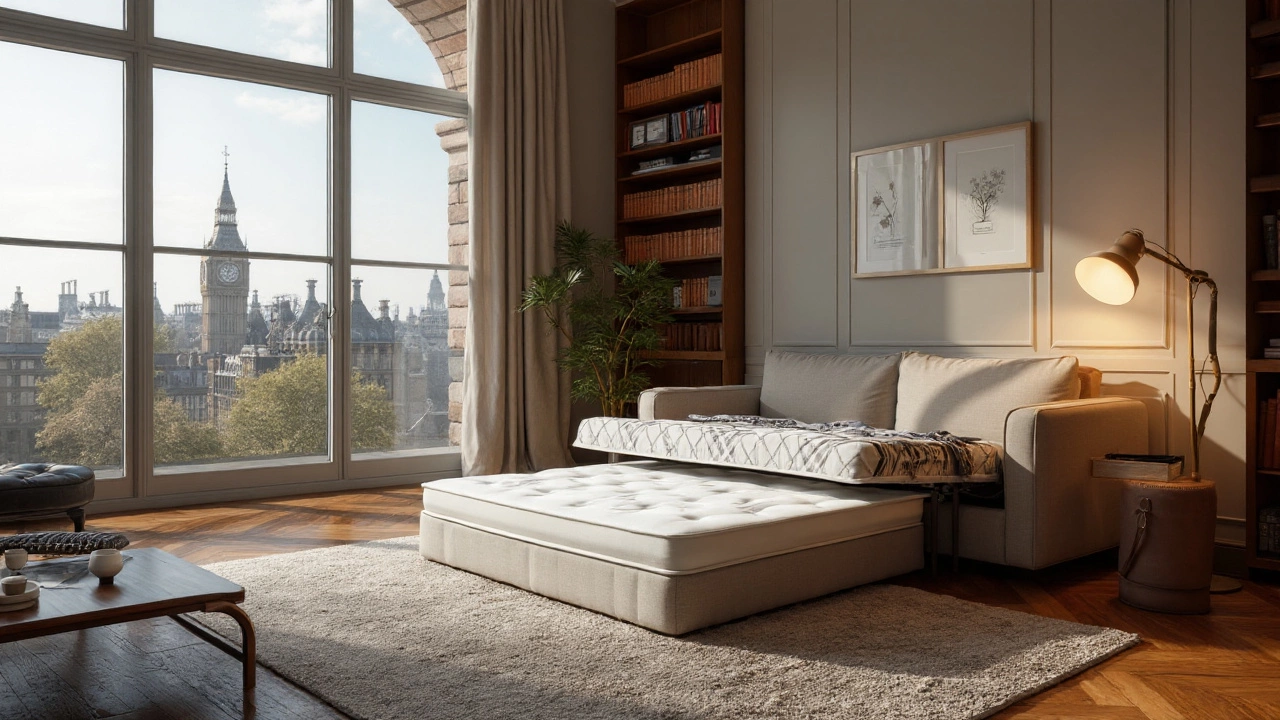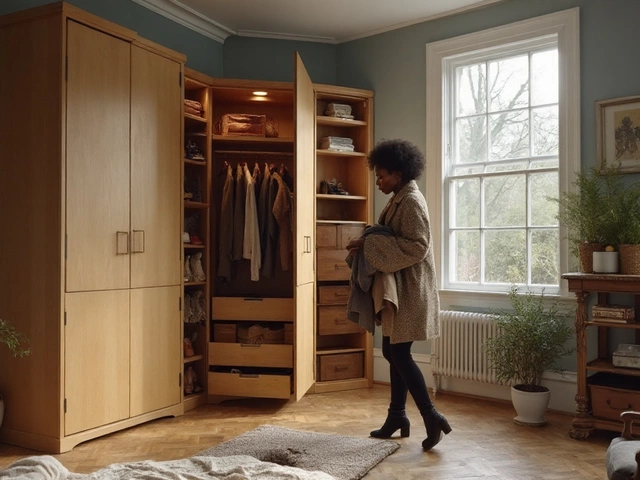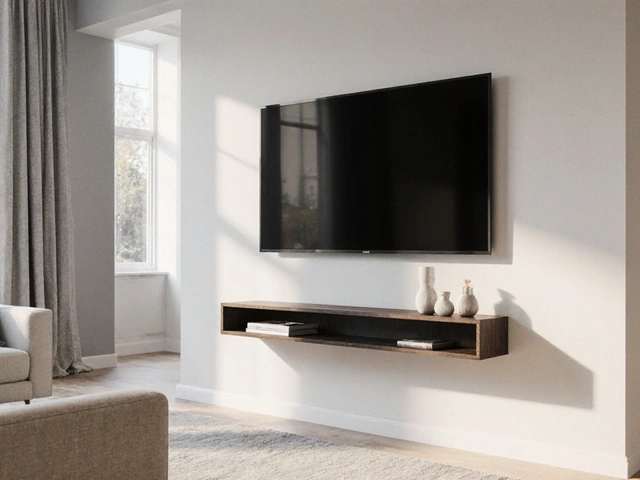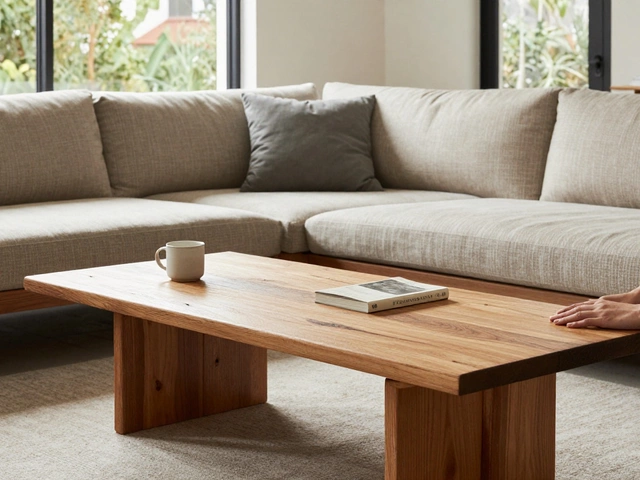Sleeping Surface Furniture: What You Need to Know
When you pick a sleeping surface for a classroom, dorm, or home, the goal is simple – it must be safe, comfortable, and built to last. Kids and teachers rely on it daily, so getting the right bed, mattress, or mat matters more than you might think.
Types of Sleeping Surfaces Used in Education
Most schools use a few common options. Bunk beds are popular for space‑saving, especially in boarding schools. They usually come with sturdy metal frames and a low‑profile mattress that fits the standard twin size. For day‑use areas, you’ll see fold‑out futons or sofa‑beds that double as seating and a place to rest. Some schools even install padded mats in quiet rooms for short naps – these are easy to clean and safe for quick breaks.
If you’re setting up a home guest room, the choices are similar but you can also consider platform beds with built‑in storage. A good platform gives solid support and reduces the need for a box spring, keeping the overall height low and the look tidy.
Key Factors to Check Before You Buy
Safety first. Look for frames that meet UK safety standards, especially for bunk beds. Guardrails should be at least 30 cm high and the ladder should be sturdy. For mattresses, make sure the cover is fire‑rated and the foam is non‑toxic.
Comfort matters. A medium‑firm mattress works well for most students and adults. Too soft can cause back pain, while too hard may be uncomfortable for longer naps. If the room is shared, choose a breathable cover to keep things fresh.
Durability. Schools see a lot of movement, so pick materials that resist scratches and stains. Vinyl‑coated foam or high‑density rubber tops hold up better than cheap fabric.
Easy maintenance. Removable, machine‑washable covers save time. For metal frames, a quick wipe‑down with mild soap keeps them looking good. Avoid surfaces that need special cleaners.
Size and layout. Measure the room before you order. A twin mattress fits most dorms, but a full‑size may be needed for older students. Remember to leave at least 60 cm around each bed for safe movement.
Once you have the basics, think about extra features. Built‑in USB ports, storage drawers, or adjustable headrests can add value without breaking the budget. Many suppliers also offer warranty packages that cover frame defects for up to five years – a good safety net for schools.
Finally, test the sleeping surface if you can. Sit, lie down, and move around to see if the frame wobbles. A quick check in the showroom saves you from regrets later.
Choosing the right sleeping surface doesn’t have to be a puzzle. Focus on safety, comfort, durability, and easy care, and you’ll end up with a piece that works for students, teachers, or guests alike. Ready to upgrade your classroom or guest room? Start with these pointers and pick a product that fits your space and budget.





